Our Concept
Applying the natural abilities of regulatory T cells (Tregs) to modulate immune response and repair tissue damage to develop therapies that halt progression of disease and lead to potential cures for patients.
Harness the power of Tregs
Tregs have the power to control immune responses, reduce inflammation, prevent autoimmune attacks, and promote tissue healing.
Create one-and-done cell therapies
Chronic autoimmune and inflammatory disease typically require ongoing treatment, but one-time cell therapies have the potential to transform care.
The mechanisms of action underlying chronic autoimmune diseases share common pathways

Common mechanisms of action in chronic autoimmune diseases include:
Loss of immune tolerance
The body mistakenly attacks its own cells.Persistent inflammation
Ongoing immune activation causes tissue damage.Dysregulated Tregs
Reduced ability to control harmful immune responses.Overactive immune signaling
Excess cytokines, such as IL-6 and TNF-⍺, drive inflammation.Genetic and environmental triggers
Factors like infections or stress can activate disease pathwaysShared mechanisms make targeted treatments possible across multiple autoimmune conditions.
Different autoimmune diseases have similar causes. Targeting these common pathways allows treatments to work across multiple conditions, addressing the root cause instead of just symptoms.
Tregs have poly-pharmaceutical effects and permanently disrupt the pathogenic immune response
Tregs have poly-pharmaceutical effects and permanently disrupt the pathogenic immune response

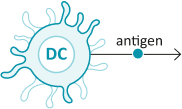

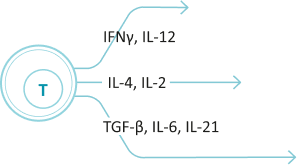




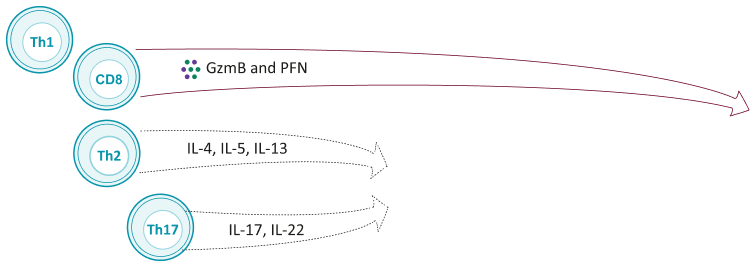

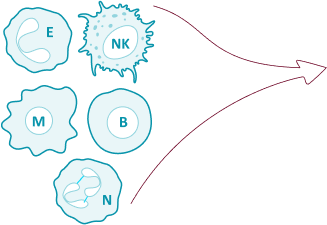


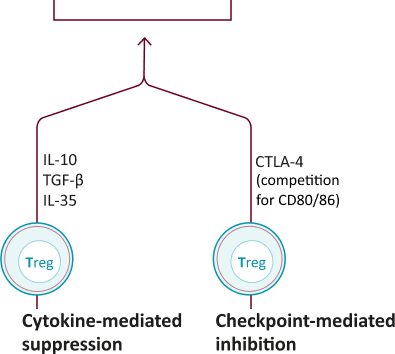
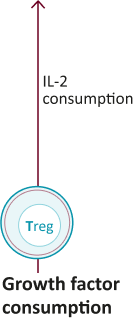
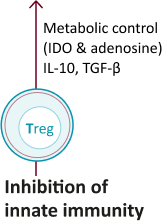
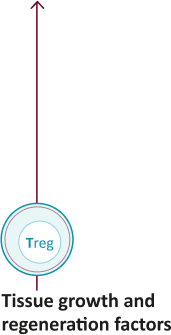
Tregs influence multiple aspects of the immune system at once
By acting on multiple immune pathways, Tregs can permanently disrupt the pathogenic immune response, stopping disease progression rather than just managing symptoms. This makes them a powerful tool for long-term treatment of autoimmune diseases and inflammatory diseases.